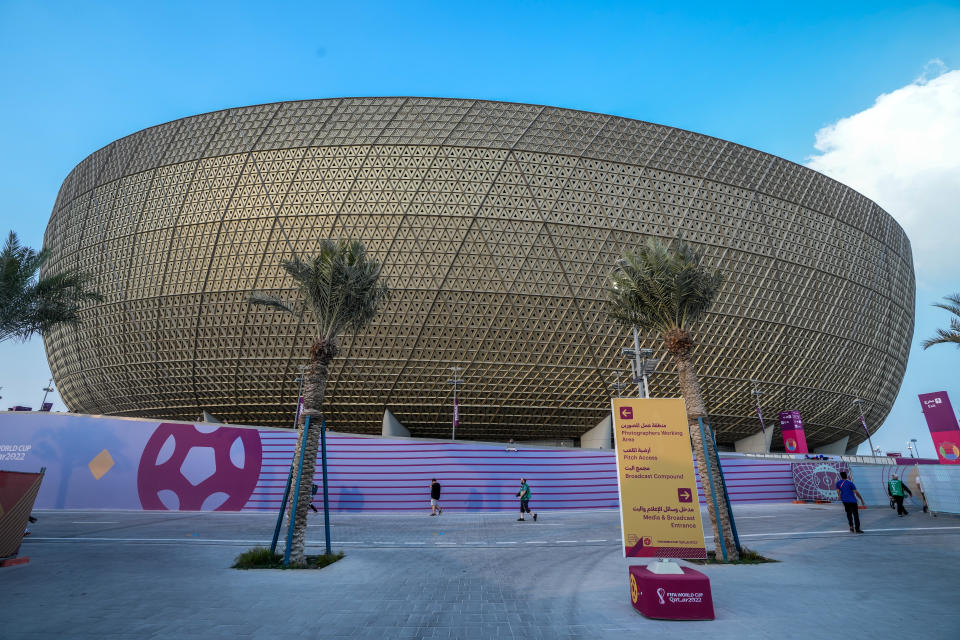Argentina wrapped up the 2022 World Cup on Sunday with its thrilling win over France, ending what was a wild, and often turbulent, event in Qatar.
With teams and fans now home in their respective countries, eyes will turn away from the tiny nation in the Persian Gulf. So, what will happen to the stadiums that Qatar spent billions on and rushed to build in time for the World Cup?
That question is one asked after every major worldwide sporting event, and for good reason. Sometimes — like after the 2016 Olympics in Rio de Janeiro — stadiums are completely abandoned. For a country like Qatar, which is about the size of Connecticut, it’s hard to see much use coming out of the eight stadiums the country erected in and around Doha.
After the country spent about $6.5 billion building the stadiums — and an unknown number of migrant workers died while doing so — that can be disappointing.
Qatar, however, apparently has a plan to get more use out of its venues than just a single World Cup.
Qatar will play host to the 2023 Asian Football Cup, which was relocated there from China due to COVID-19. Qatar will also hold the Asian Games, an event similar to the Olympics, in 2030. Those will give stadiums second and third lives, at the very least, though venues will have capacities reduced and will be modified. Qatar is also putting together a bid to host the 2036 Olympics.
The domestic soccer league in Qatar will start playing matches in venues that were built for the World Cup, though they don’t draw nearly the crowds that were seen at the event. Another, Education City Stadium, will serve students and faculty from local universities and schools.
Some, however, will be completely converted into other things, according to Time. Al Bayat Stadium is going to be turned into a five-star hotel, shopping center, sports medicine hospital and more. Al Thumama Stadium will still host events, but will have a hotel, a sports clinic and more added to it.
Lusail Stadium, which hosted 10 World Cup matches including a semifinal and the final, will be turned into a mixed residential and commercial center. Stadium 974 will disappear completely, too. That stadium was built out of 974 recycled shipping containers in one of the most unique and eco-friendly venues in the world. The containers, per the report, will be shipped elsewhere and a waterfront business district will take its place.
Only Khalifa International Stadium will remain in its current form.
Though Qatar may very well need more venues in the years and decades to come, depending on what major events land in the country, it’s not going to let these World Cup stadiums just sit empty until that day arrives. At least, that’s the plan.


